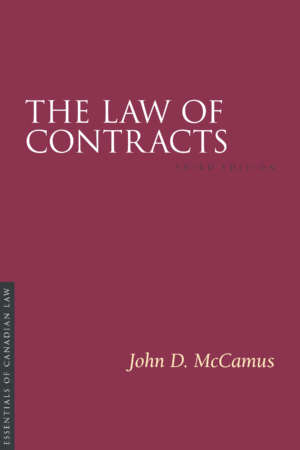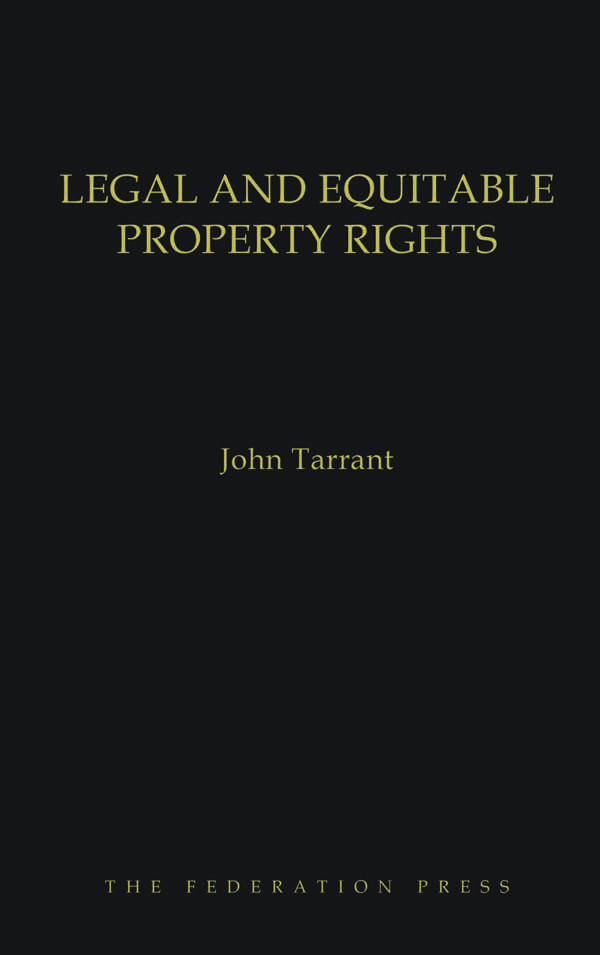Product Description
The Law of Bailment explores all aspects of a bailment transaction, from the perspective of both the bailee and the bailor. It attempts to simplify the rules of bailment and make them more intelligible for law students, lawyers, judges, and members of the public who are seeking to understand, or better understand, a bailment law rule. This is done using numerous examples arising from the caselaw, and by providing the reader with statements of law on all aspects of bailment that are clear and understandable — but at the same time, appropriately qualified, meaningful, and usable.
In particular, this book highlights the importance of the common law of bailment to transactions that people engage in every day, such as depositing their goods for storage with a business or lending a friend their vehicle to drive for the weekend while they go out of town. The general concepts of the law of bailment — including the sui generis nature of a bailment, the bailee’s reverse onus of proof, and the bailee’s overarching duty of safekeeping — are discussed at length. The text distinguishes bailment from other types of legal obligation that may arise in circumstances similar to those triggering a bailment, including trust, conversion, consignment, and licence, to demonstrate that the law treats bailments in a singularly distinct manner. The important topic of sub-bailment is reviewed and found to present unique challenges not encountered in ordinary bailment transactions. Finally, The Law of Bailment notes any major discrepancies in the caselaw, analyzes these issues, and offers up viable solutions throughout the book.











